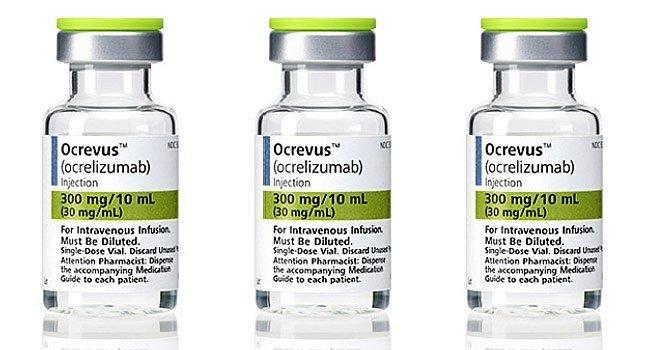What Should I Take for a Multiple Sclerosis Back

Relapsing-remitting multiple sclerosis (RRMS) is a type of multiple sclerosis that primarily affects younger patients who are in their 20s or 30s. This form of multiple sclerosis occurs when affected people have relapses of multiple sclerosis and stable intervals in between those relapses. Relapses are episodes of current or deteriorating symptoms that aren't caused by fever or infection and exceed 48 hours in length. In other words, patients in stable conditions experience bouts of both new and worsening symptoms.
A multiple sclerosis attack is often followed by a recovery period during which symptoms are minimal; this is called remission. It can last weeks, months or longer, and the disease doesn't get worse. After a decade or two, RRMS often transitions into another form of multiple sclerosis called secondary progressive multiple sclerosis. During this stage, relapses aren't as frequent, but the disease progressively gets worse.
Multiple sclerosis develops after your body's immune system attacks your central nervous system. These attacks damage the myelin, a tissue layer that insulates and protects your nerves. This, in turn, affects how the nerves work and transmit sensations. The resulting damage leads to multiple sclerosis symptoms.

The exact cause of RRMS and other multiple sclerosis forms is currently unknown, but scientists think that a combination of environmental factors and genetics triggers the multiple sclerosis disease and, in turn, makes a person more vulnerable to RRMS.
Some of these environmental factors include vitamin D deficiency, smoking and having viral infections. Experts believe that multiple sclerosis could be caused by a body-dormant infection like Epstein-Barr virus, which often triggers infectious mononucleosis.
What Are the Symptoms of RRMS?
RRMS is distinguished by defined relapses of new or deteriorating symptoms of multiple sclerosis. RRMS symptoms depend on the area of the brain or spinal cord that has been affected by the disease. Additionally, no two individuals with multiple sclerosis are likely to experience exactly the same symptoms.

For instance, some patients are sensitive to heat, while others get an intense sensation as they lean their necks forward (Lhermitte's sign). Certain combinations of symptoms are normal, while other individual symptoms can vary over time, such as difficulty walking while fatigued. Other RRMS symptoms include muscle spasms, bowel or bladder problems, cognitive changes, dizziness, double vision and depression.
How Is Relapsing-remitting Multiple Sclerosis Diagnosed?
An RRMS diagnosis is based on the trend of your symptoms and the occurrence of lesions in different regions of your nervous system. Currently, there aren't any specific diagnostic tests for RRMS. An MRI scan or spinal fluid test isn't able to differentiate this form of multiple sclerosis from the other types. Even if your doctor doesn't yet suspect that you might have RRMS, they may start the diagnosis process by evaluating your medical history and carrying out a detailed physical examination.
Apart from using an MRI to search for demyelinating lesions, doctors also do blood tests. This helps to rule out other conditions that might be causing your symptoms. A lumbar puncture test is another option. It involves collecting a sample of your cerebrospinal fluid to check for multiple sclerosis-related antibodies or to rule out any causes of the symptoms. One other test, visual evoked potential, can demonstrate the ways your brain reacts to various visual stimuli. It's safer for most patients with RRMS to begin treatment as soon as they're diagnosed to limit permanent damage to the nerves.
How Is Relapsing-Remitting Multiple Sclerosis Treated?
Multiple sclerosis isn't curable at this point in time, although there are various forms of treatment that can be effective for reducing inflammation and halting the progression of the disease. These drugs include beta-interferon, glatiramer acetate, monoclonal antibodies, dimethyl fumarate and fingolimod. Other medicines may be prescribed to treat urges to urinate, erectile dysfunction, muscle spasms, fatigue and depression. The medications vary in their profiles of side effects and the quantities at which and ways they're administered. Rehabilitation aids and equipment or physical therapy may improve your daily routine if they can address some of your symptoms.

MORE FROM SYMPTOMFIND.COM
What Should I Take for a Multiple Sclerosis Back
Source: https://www.symptomfind.com/health/what-is-relapsing-remitting-multiple-sclerosis?utm_content=params%3Ao%3D740013%26ad%3DdirN%26qo%3DserpIndex
0 Response to "What Should I Take for a Multiple Sclerosis Back"
Post a Comment